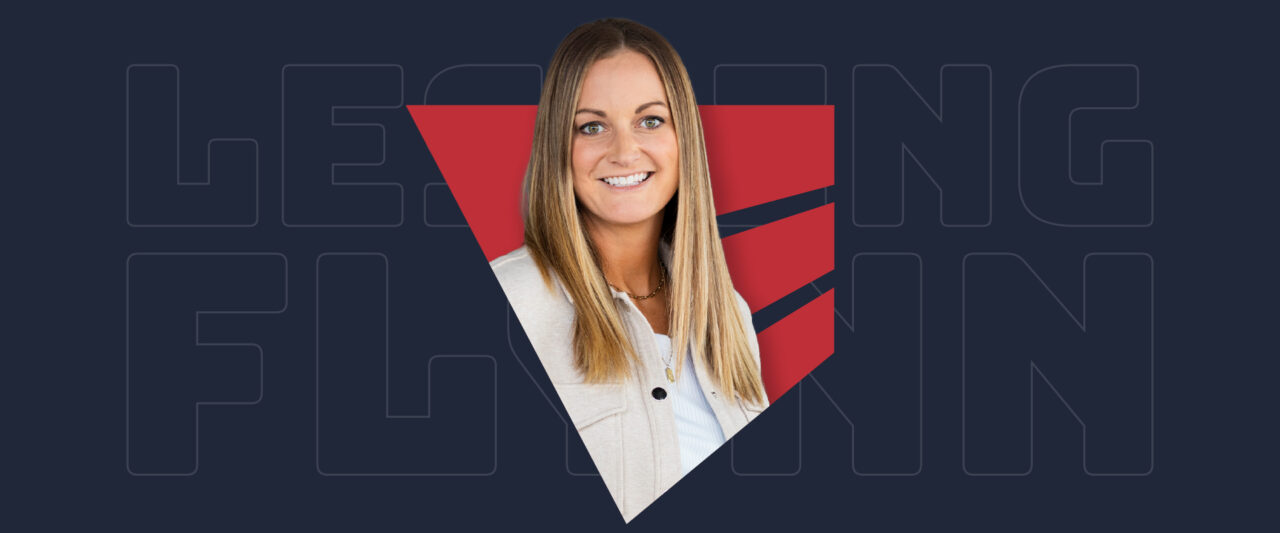Conventional marketing strategies include highly targeted efforts to reach just the right audience.
But what happens when a global superstar turns that notion on its head?
The Taylor Swift effect, a cultural phenomenon referring to the often-unprecedented numbers that come from Taylor Swift’s involvement in any brand, product or person, is currently boosting NFL viewership to new heights (pun intended).
Ever since the singer-songwriter began attending NFL games to support boyfriend Kansas City Chiefs Tight End Travis Kelce, the league has enjoyed massive viewership spikes.
Taylor Swift fans, dubbing themselves “Swifties,” have brought the league a huge jump in numbers:
- The first Chief’s game Swift attended led to a 400% spike in Kelce jersey sales.
- The Oct. 2 Chiefs vs. Jets game saw 2 million more female viewers than previous games.
- The same game drew more than 29 million viewers, making it the most-watched game since the 2023 Super Bowl.
- NFL viewership among girls ages 12 to 17 increased by 53%.
- MarketWatch reported that increased viewership, ticket and merchandise sales added $122 million to the NFL’s brand value.
What can marketers learn from these numbers?
Welcoming a new fan base
The NFL is directly benefiting from a new, and perhaps overlooked, audience of young women. Or, at the very least, the overlooked audience of those who might not typically be thought of as sports fanatics. Forbes reports 52% of Taylor Swift’s fan base is women, mostly millennial suburbanites.
In a world where it’s possible to define a brand’s audience so specifically, the NFL’s successful embracing of a new demographic shares an important lesson. Only targeting the same audiences you always do (and that your competitors target too) limits growth opportunities. It’s causing you to overlook new potential prospects and audiences. With a big-picture approach, you can reach both your tried-and-true audience and build your brand with an audience nobody else is tapping.
But the NFL isn’t the only brand to (accidentally or not) benefit from a new or unexpected audience.
Enter Stanley, a 110-year-old drinkware company that recently discovered the power of a new audience. Previously, the brand targeted blue collar workers and outdoorsy types. Thanks to the power of social media influencers and a new female audience, the brand is now enjoying a 275% increase in sales and is the top drinkware brand in North America. Coincidentally (or not), one Stanley cup tapped into the Swiftie fan base with colors that closely align with the cover art of “Lover,” Swift’s seventh studio album.
While the intersection of pop culture and sports mania is a powerful moment, both Swift’s and Kelce’s respective influences have merged to create a unique synergy that resonates beyond the NFL’s traditional fan base.
And the NFL was quick to notice.
The league has played Taylor Swift songs at games and made savvy social media posts directly catering to Swifties. Whether non-Swiftie NFL fans like it or not, the strategy inarguably elevates the league to new fans. And Swifties are appreciative. Facebook groups filled with upward of half a million Taylor Swift fans have gone to work eagerly educating fellow members new to the rules of football.
Thinking outside the box
Marketers can draw inspiration from the unlikely merging of two massive fan bases.
The biggest lesson? While targeting your known, ideal audience should make up the majority of your marketing efforts, don’t miss opportunities to garner fresh audiences.
Taking risks as a brand can reap massive rewards. A survey by McKinsey found 61% of consumers say they appreciate brands that take risks and surprise them. The unexpected and massively welcomed relationship between a pop icon and NFL superstar is the perfect example.
And you don’t need an NFL megastar and global pop icon to elevate your brand. Finding emotional connections that can take a brand or product to new levels can yield similar results. For example, Gillette delighted a new and overlooked audience: caregivers who needed razors to help groom another person. With this emotional insight and the help of their marketing agency, Gillette launched the world’s first razor designed to shave someone else.
Marketers today often look to brand guidelines to dictate strategies and state-of-the-art technology that allows for precise targeting. But the Swift-Kelce story and work from brands like Gillette serve as a reminder that sometimes the most powerful tactics are those that surprise and resonate with audiences on an unexpected and emotional level.
Brands that are willing to step out of their comfort zone — much like Kelce when he invited Swift to attend one of his games — may find new audiences and lasting connections that go beyond the realm of marketing metrics.
“I laid the groundwork and then just like clockwork, the dominoes cascaded in a line. What if I told you I’m a mastermind?” – Swift’s lyrics from “Mastermind”




